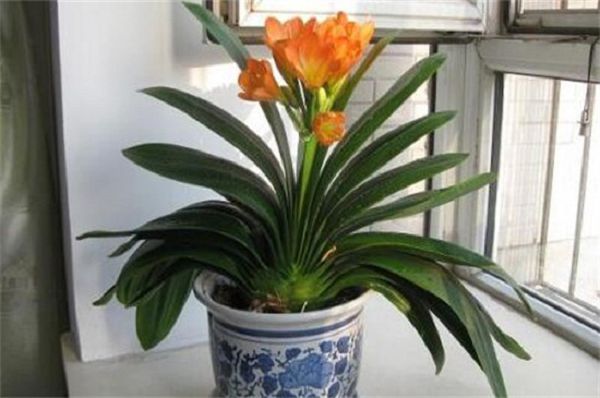The treatment method of Cymbidium after decay
Whether the rootless orchid can survive or not depends on whether the root axis is well preserved, whether the leaves are still not separated on the root axis, whether the middle heart leaves are injured, and so on.
Decay treatment process
1. Clean up the rotten place first, and then sterilize it with potassium permanganate, carbendazim or other fungicides.
2. The disinfected plants should be smeared with plant ash in a rotten place and dried in a cool and ventilated place, so that the wound can be naturally collected for about 1-2 days.
3. Cut off most of the leaves to reduce transpiration.
4. Plant the treated orchids with clean sand, and use pots with good water permeability and no stagnant water. The specific planting medium can be cut with sterilized plain sand or vermiculite plus perlite. The soil for raising magnolia should be loose and permeable as far as possible, so that the roots can breathe well. The pots for planting flowers should also be permeable, and there can be no stagnant water.
5. put the flowers in a cool place and water them every four or five days for about a month. After the new roots are born, they can be planted in the normal culture medium of Cymbidium. Gentleman orchid should pay attention to watering not too much, especially in the hot and low temperature season, too much watering will cause rotten roots.
Related
- Is the orchid suitable for indoor use? Is it good for the body?
- How to prevent the empty root of orchids?
- What to do after the crab claw orchid is withered?
- Why are the leaves of orchids always yellow? Fertilizing and watering.
- Can the root of the gentleman orchid be saved if it is rotten?
- Diagnosis and treatment of cotton-blowing beetle insects in Cymbidium
- There is a way for a gentleman's orchid to rot.
- What is the most suitable temperature and humidity for the orchid?
- How to raise a gentleman's orchid? Cultivation techniques of Cymbidium
- How to prepare the nutritive soil for the cultivation of Cymbidium



